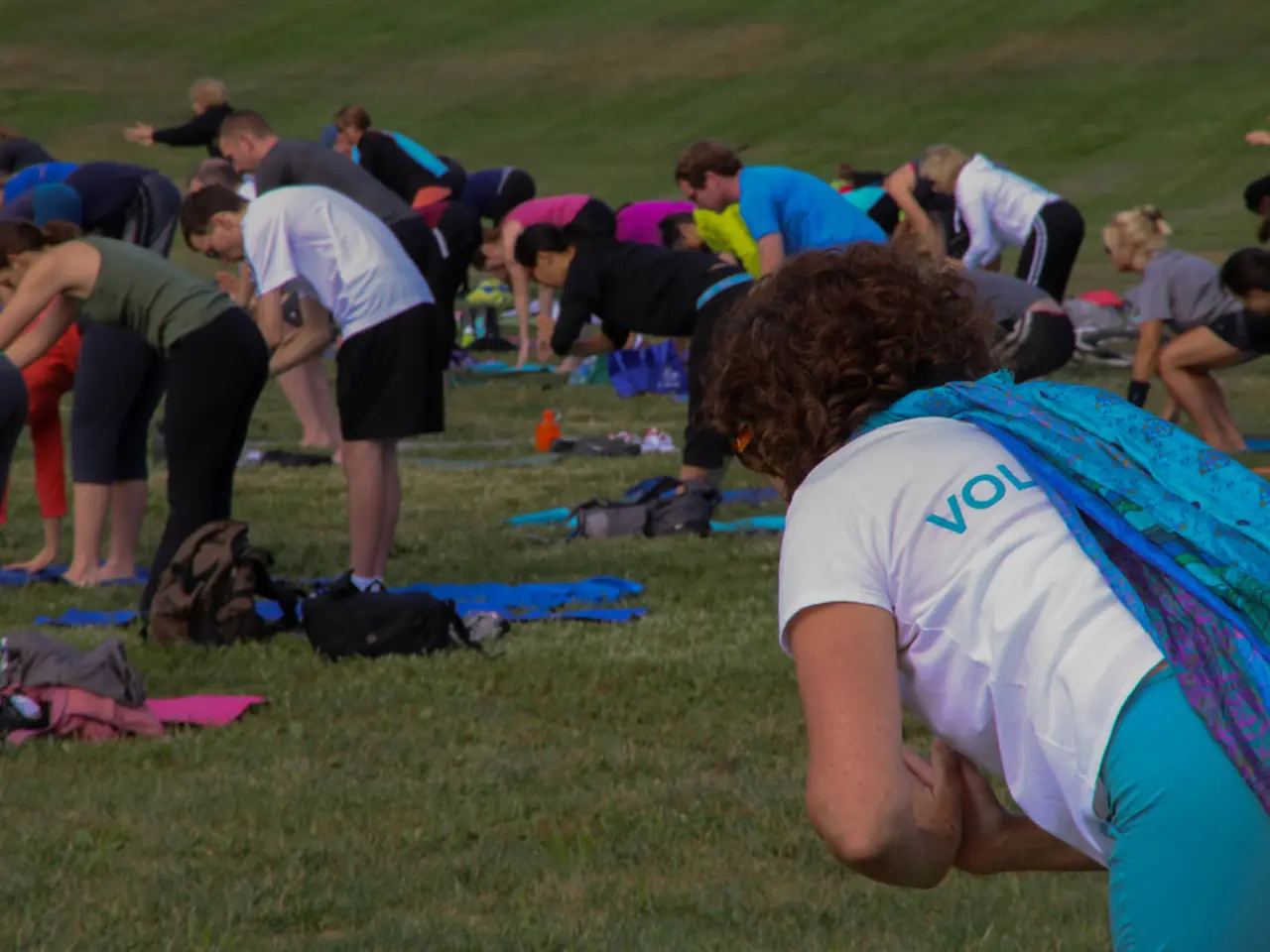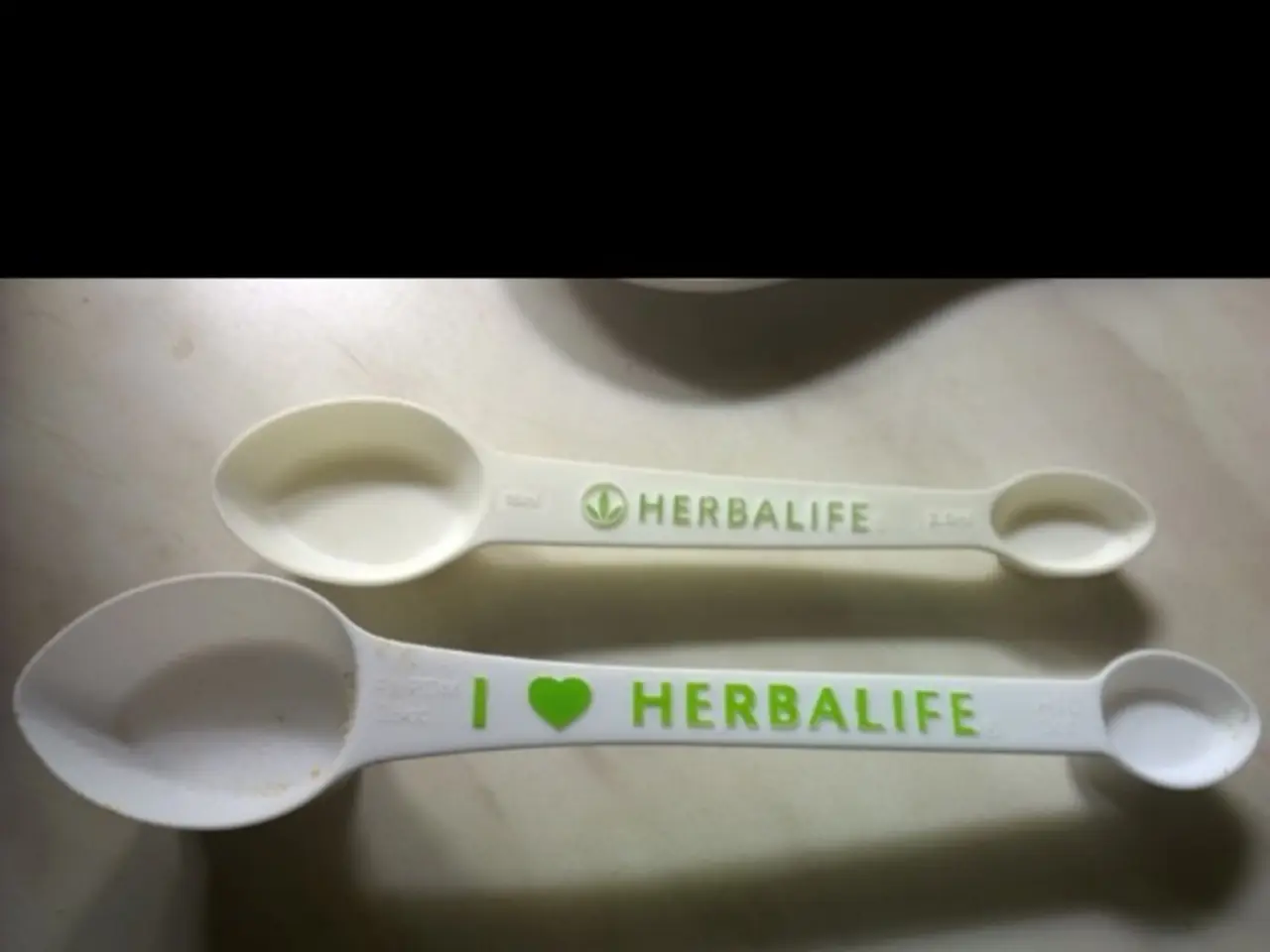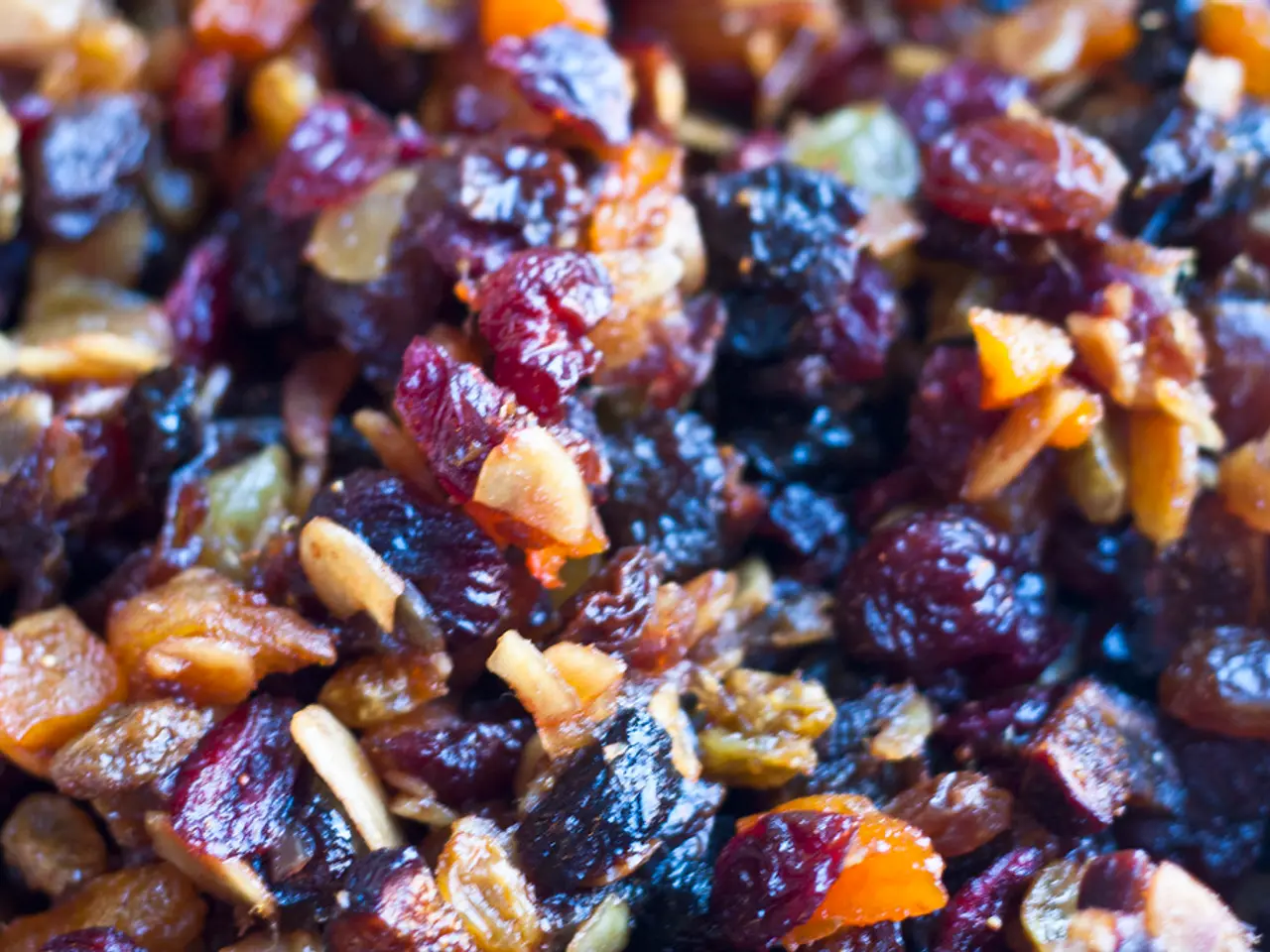Achieving revitalized, youthful skin after weight loss: verified techniques revealed
Losing a significant amount of weight can be an incredible achievement, but it often comes with the challenge of dealing with loose skin. This article explores various home and medical treatments that can help tighten loose skin, boosting confidence and improving overall health.
Home Treatments
Gradual Weight Loss
Losing weight slowly allows the skin more time to adjust and shrink, reducing the severity of loose skin. Gradual weight loss is recommended to minimize the occurrence of skin laxity during weight loss.
Strength Training and Muscle Building
Exercises such as squats, lunges, and planks help build muscle under loose skin, improving firmness and body shape by enhancing collagen production and skin tone.
Hydration and Nutrition
Drinking plenty of water and maintaining a balanced diet rich in nutrients that support skin health (e.g., protein, collagen-boosting vitamins) aid skin elasticity.
Non-Surgical Medical Treatments
Radiofrequency (RF) and Ultrasound Treatments
Devices like Morpheus8 or Ultherapy use heat energy to stimulate collagen production, gradually tightening skin without surgery. These are best for mild to moderate laxity and require multiple sessions.
Laser Skin Tightening (Non-Ablative)
Laser energy induces collagen regeneration, improving texture and firmness over several treatments with minimal downtime.
PDO Threads
Polydioxanone threads inserted under the skin provide an immediate lift and stimulate collagen over weeks; particularly effective for areas like the jawline and neck but also usable on some body parts.
Biostimulatory Injectables (e.g., Sculptra, Radiesse)
These stimulate collagen over months, enhancing skin firmness and volume in body areas like thighs and arms.
Body Detox and Regeneration Programs
Treatments combining lymphatic drainage and cellular repair technologies can reduce puffiness and improve skin health as adjuncts to tightening procedures.
Surgical Treatments
For substantial loose skin after major weight loss, surgery often offers the most predictable and dramatic improvement:
Tummy Tuck (Abdominoplasty)
Removes excess abdominal skin and fat, tightens underlying muscles, and reshapes the midsection.
Body Lift
Targets multiple areas (abdomen, thighs, buttocks, back) for extensive skin removal and lifting to improve overall body contour.
Arm Lift (Brachioplasty)
Removes sagging skin from the upper arms, effective when exercise cannot firm the tissue.
Thigh Lift
Reshapes and tightens the inner thighs by removing loose skin and fat.
Key Considerations
- Non-surgical options have minimal downtime but often provide gradual and moderate improvement, best suited for mild to moderate laxity.
- Surgical procedures offer long-lasting, immediate results but require recovery time and carry surgical risks.
- Effectiveness varies based on age, genetics, amount and speed of weight loss, and skin quality.
- Combining therapies, such as non-surgical treatments with exercise and nutrition, often yields better outcomes.
In summary, starting with home methods (gradual weight loss, strength training, hydration) and moving to non-surgical procedures for mild laxity is practical, while surgery is recommended for significant loose skin after major weight loss for optimal and lasting results.
Aiming for a diet rich in fruits, vegetables, lean proteins, and healthy fats supports skin health and promotes collagen production. Sagging skin can cause discomfort, irritation, and infections, and can affect body image and self-confidence.
Consulting a healthcare professional or a qualified plastic surgeon can provide personalized advice and treatment options for loose skin after weight loss. Every body is unique, and the effectiveness of different treatments may vary. It's essential to consult healthcare professionals to find the best approach for your specific needs.
- To minimize the severity of loose skin after weight loss, focus on gradual weight loss and incorporate strength training exercises such as squats, lunges, and planks to encourage collagen production and improve skin tone.
- Opt for hydrating and nutrition-rich foods like protein-packed sources and collagen-boosting vitamins to support skin elasticity and optimal skin health.
- For noticeable improvement on areas with mild to moderate skin laxity, consider non-surgical treatments such as radiofrequency (RF) and ultrasound treatments, laser skin tightening, PDO threads, biostimulatory injectables, or body detox and regeneration programs to achieve a smoother, firmer complexion.




